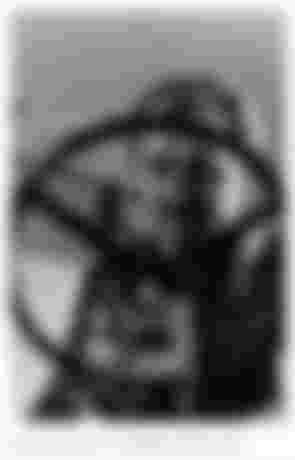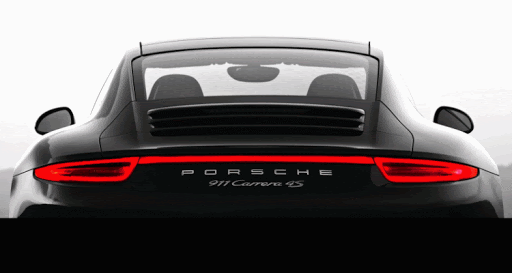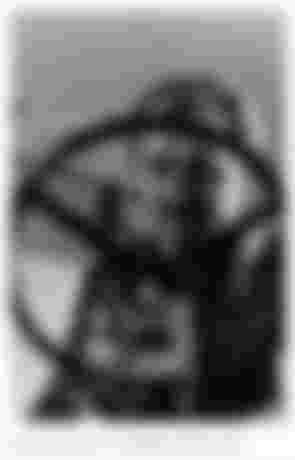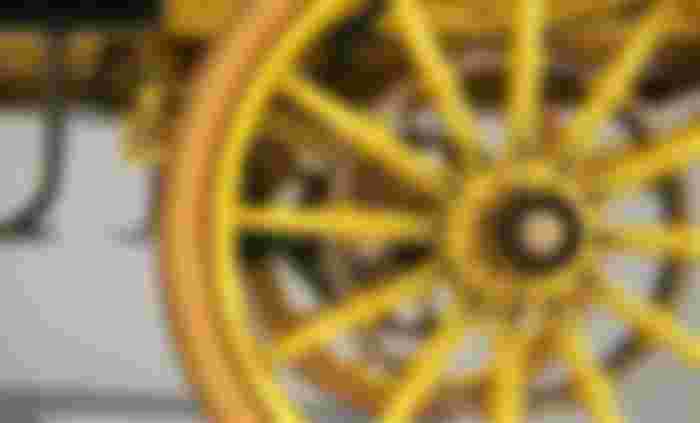There is something in the auto world called the "holy trinity of motoring." It consists of Ettore Bugatti, Enzo Ferrari and Ferdinand Porsche.
Each had their own path, a completely different approach to the same passion, but the same genius, the same vision, far ahead of their time. This time I will write a little about Porsche.

An Austrian-Czech engineer, Ferdinand Porsche was born on September 3, 1875 in Maffersdorf, Austria-Hungary. The first significant project in which he participated was the System Lohner-Porsche (1898), a car more like a carriage, which was powered by two electric motors with the help of batteries weighing a total of 1800 kg.

Porsche started working in his father's factory when he was fifteen, and he saw a light bulb there for the first time. He was thrilled with it. Porsche went to the carpet factory every day to find out as many details about the factory operations as possible from Ginski's manager. Porsche secretly started making electric cars in the attic of the house, using parts that he carefully assembled.
Having shown great interest in electrical engineering, he went to the Imperial Technical School in Reichenberg.

Returning home one evening, Porsche's father, Anton, was surprised by the blinding light coming from his house. Porsche had just completed the construction of its own electric generator and installed electric lighting throughout the house. From that moment, a successful future began for Porsche ... He went to university in Vienna, and started working for Bela Eger, a manufacturer of electrical appliances from Vienna. During his time at the company, he developed something completely revolutionary, even by today’s standards, an electric motor at the very point of the car, mounted on the hub.
In 1898, he transferred to another Viennese company, Jakob Lohner (Lohner-Werke), which at that time was engaged in the production of carriages for, among others, Emperor Franz Joseph I, as well as for the monarchs of the United Kingdom, Sweden, or Romania.
Two years earlier, this company produced its first car presented in Vienna, under the codename C.2 Phaeton P1, where the P1 mark meant "Porsche, number 1".
What bothered these vehicles was not the weight of the battery, but its durability, and that is why in 1899, instead of massive batteries, Porsche inserted the SUS unit (Internal Combustion), produced in the German Daimler (Mercedes-Benz) and used it as a generator of electric motors mounted on wheels.
Lohner-Porsche Mixte Hybrid.
With a speed of "even" 56 km / h, several speed records were set, and one victory in the rally was achieved.
It officially went on sale in 1901 and by 1905, over 300 chassis had been sold, mostly powered by a single axle, front, or rear. Chassis that were driven on both axles were used for buses, but only a few of them. Later, the prototype of the vehicle used for racing and breaking records got electric motors on all 4 wheels, and thus all-wheel drive. The prototype managed to reach a colossal 112.6 km / h during that time and along the way broke several speed records of that time. Therefore, in 1905, he even received the award for the best Austrian automobile designer.
And now a little about the present.

Porsche is a German manufacturer of super sports cars. They were created in 1931, they were founded by Ferdinand Porsche and their headquarters are in Stuttgart and they are owned by the Volkswagen Group. One interesting thing, related to the Porsche. They are the only car factory in Germany that does not respect the speed limit of 250km / h, so there is no speed limiter on any Porsche car model.






Each car is specific in its own way and differs from the other, a great article.